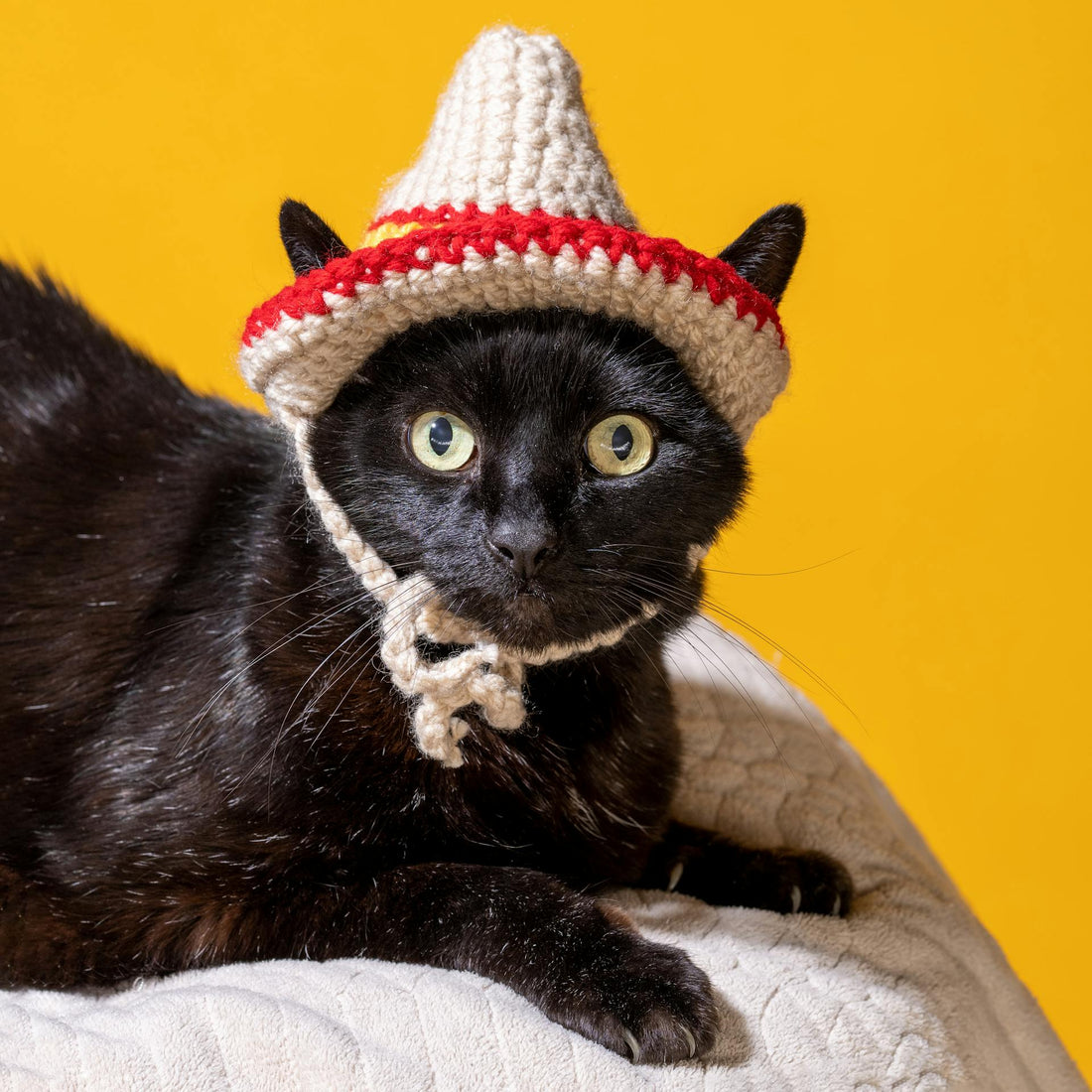Introduction
Ever wondered what your cat is trying to tell you with all those meows? Cats are masters of communication, but their messages can sometimes seem like a mystery. Here at PetPal, we want to help you understand your feline friend better. In this blog, we'll explore the different meanings behind a cat's meow.
The Basic Meow
The basic meow is perhaps the most common sound a cat makes. Here's what it might mean:
Greeting: A short, single meow is often a friendly greeting. Your cat is acknowledging your presence and saying hello.Request for Attention: If your cat meows when you walk by or while you're busy, they might be asking for some attention or petting.
Acknowledgment: Sometimes, a simple meow is just a way for your cat to let you know they're aware of you.
The Long, Drawn-Out Meow
When your cat's meow becomes longer and more drawn-out, it usually indicates a need or desire. Here are some common interpretations:
Hunger: A prolonged meow often means your cat is hungry and asking to be fed.Thirst: Similar to hunger, a long meow can indicate that your cat needs water.
Desire to Go Outside: If your cat is meowing by the door, they might be asking to go outside.
The Chattery Meow
A series of rapid meows, often accompanied by a chattering sound, can signal a range of emotions:
Excitement: Your cat might make this sound when they're watching birds or other animals outside the window.Anticipation: If your cat knows it's almost mealtime or playtime, they might chatter in anticipation.
Frustration: Sometimes, chattering can indicate frustration, especially if your cat can't reach something they want.
The Yowl
The yowl is a loud, prolonged meow that often sounds more intense than regular meows. It can indicate:
Fear: If your cat is yowling with an arched back and hissing, they might be scared or feeling threatened.Aggression: Yowling can also be a sign of aggression, especially during confrontations with other animals.
Pain: A yowl might indicate that your cat is in pain. If this behavior is frequent, it's best to consult with a veterinarian.
Conclusion
By understanding the different types of meows, you can better communicate with your cat and build a stronger bond. Each meow has a distinct meaning, and by paying attention to context and accompanying body language, you can decipher what your feline friend is trying to tell you. With this knowledge, you'll be able to meet your cat's needs more effectively and enjoy a closer, more harmonious relationship. So next time your cat meows, you'll know just what they're saying!


















